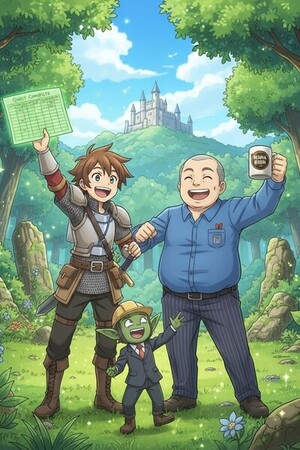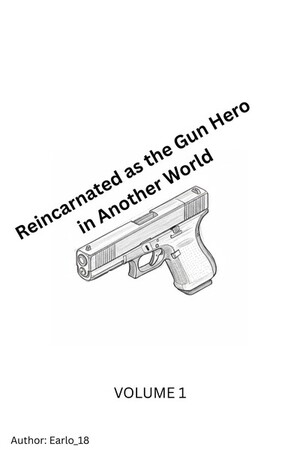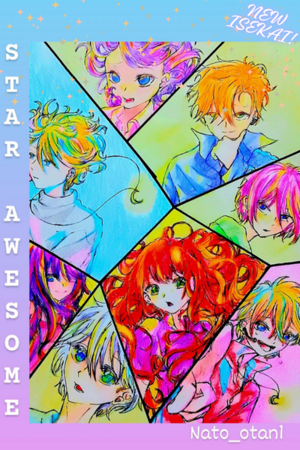Chapter 13:
Master Blacksmith
Earthly Solutions
"We have a supply chain problem," I announced to Mr. Tanaka during our weekly business review meeting, spreading out what had become an increasingly thick file of client consultations across our conference table.
"What kind of supply chain problem?" he asked, looking up from his latest organizational project—what appeared to be a comprehensive analysis of seasonal variations in spell component pricing.
"Equipment standardization. Look at this." I pulled out several client files that illustrated the issue. "We have a [Human Fighter, Level 14] whose sword depreciation calculations are based on a 340-coins replacement cost. We have a [Dwarf Warrior, Level 13] with an apparently identical sword that costs 290 coins. And we have an [Elf Ranger, Level 15] whose 'equivalent' sword cost 420 coins."
Mr. Tanaka frowned, his accountant instincts immediately recognizing the problem. "Same specifications, different pricing?"
"Worse than that. They're not even truly comparable specifications because there's no standardization in the manufacturing process. One blacksmith makes swords that last eighteen months under normal adventuring conditions. Another makes swords that last fourteen months. A third makes swords that last twenty-two months but cost forty percent more."
I showed him the equipment analysis I'd been working on. "Without standardized products with predictable performance characteristics and consistent pricing, we can't provide accurate depreciation schedules or reliable cost-benefit analyses."
"This is a significant problem," Mr. Tanaka agreed, reviewing my data. "Effective financial planning requires predictable variables. If equipment costs and performance characteristics vary wildly based on which vendor clients choose..."
"Exactly. We're trying to provide precision financial advice based on completely unreliable input data."
Mr. Tanaka was already reaching for his notebook, his problem-solving instincts fully engaged. "We need to identify a preferred supplier who can provide standardized equipment with consistent specifications and predictable performance characteristics."
"I've been researching that," I said, pulling out another file. "There's apparently a legendary blacksmith in town who has a reputation for exceptional quality and reliability. Family name: Brightforge. Every adventurer I've talked to agrees that her work is the gold standard for professional equipment."
"Pricing?"
"Premium, but consistently premium. The swords cost 15-20 percent more than average, but they last 30-40 percent longer and maintain their performance characteristics throughout their useful life."
Mr. Tanaka was making rapid calculations. "So the total cost of ownership is actually lower despite the higher initial investment?"
"Significantly lower. And the equipment holds its resale value much better, which improves the depreciation recovery calculations."
"This sounds like exactly what we need. Have you made contact with him?"
"That's the next step. I was thinking we could approach him about establishing a formal business relationship, you know, standardized product lines, consistent pricing for our clients, maybe even customized equipment specifications that optimize for financial efficiency."
Mr. Tanaka's eyes lit up with the expression he got when he saw an opportunity to apply systematic analysis to a previously chaotic situation. "We could potentially negotiate volume discounts for our clients, establish standardized depreciation schedules based on guaranteed performance characteristics, and even develop equipment leasing arrangements that optimize cash flow management."
"You think he'd be receptive to collaboration?"
"I think he might be the only person in town who's as obsessed with precision and optimization as we are, just applied to metallurgy instead of accounting."
That afternoon, we made our way to Brightforge Smithy, which was located in the craftsman district about twenty minutes' walk from our office. Mr. Tanaka was huffing and puffing because of the roughly 20 degree incline on the way. The building was impressive—a solid stone structure with multiple forges, organized tool storage, and what appeared to be a sophisticated inventory management system for raw materials.
The sound of rhythmic hammering echoed from within, accompanied by the roar of carefully maintained fires and the general atmosphere of serious professional work being conducted by someone who took their craft very seriously.
"This is promising," Mr. Tanaka observed, noting the systematic organization visible through the open doors. "Look at that material storage system, everything is labeled, categorized, and arranged for optimal workflow efficiency."
Even from the entrance, it was clear that this was the workshop of someone who understood the importance of organized processes and systematic approaches to complex technical challenges.
The rhythmic hammering stopped, and we could hear voices from within. Someone discussing what sounded like technical specifications for a custom order with the kind of detailed precision that suggested both parties understood exactly what they were talking about.
"Should we wait for him to finish with his current client?" I asked.
"Probably best to respect his workflow," Mr. Tanaka agreed. "Professional courtesy suggests we shouldn't interrupt active production processes."
While we waited, I observed the operation with growing appreciation. The smithy was clearly a sophisticated manufacturing operation with quality control procedures, inventory management systems, and what appeared to be standardized production methodologies.
"You know," I said to Mr. Tanaka, "I think we found the right person to work with."
"Based on what we can observe from here," he agreed, "Mr. Brightforge appears to operate with exactly the kind of systematic precision that would support our standardization requirements."
The conversation inside concluded, and we heard footsteps approaching the entrance. I straightened my tie, and Mr. Tanaka adjusted his briefcase, both of us preparing to make what could be our most important business development presentation yet.
"Time to find out if the most skilled blacksmith in town is interested in revolutionizing equipment procurement for the adventuring economy," I said.
"Yamamoto," Mr. Tanaka replied with the confident smile of someone who had learned to trust his ability to solve complex business problems, "I have a very good feeling about this meeting."
As we approached the smithy entrance, ready to introduce ourselves and our proposal for establishing a strategic partnership that could benefit both our businesses, I realized that this conversation could potentially solve one of our most significant operational challenges while also expanding our network of professional relationships in the local business community.
From what I'd heard about the Brightforges’ reputation for excellence and attention to detail, this might be the beginning of a very interesting collaboration.




Please sign in to leave a comment.